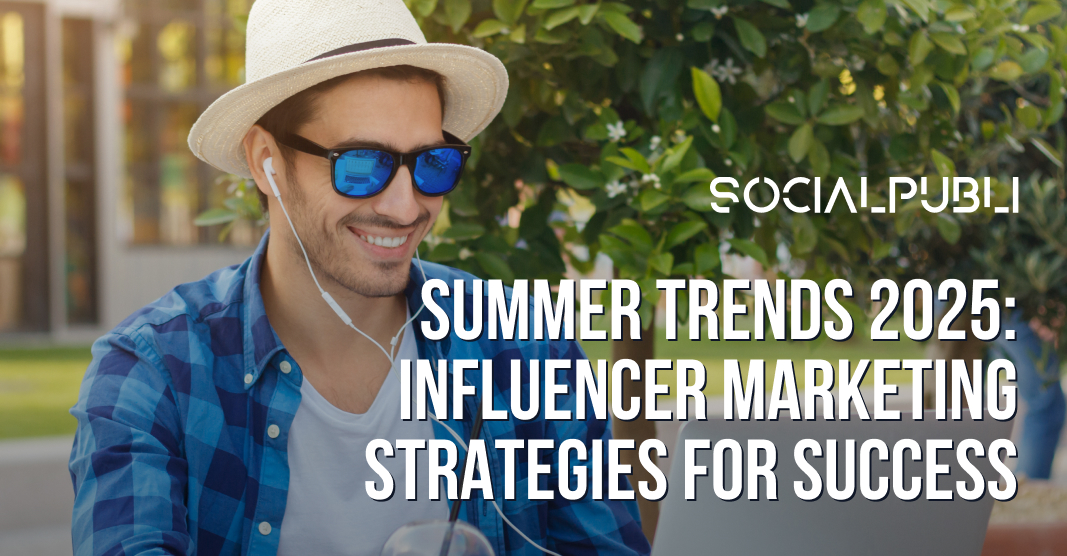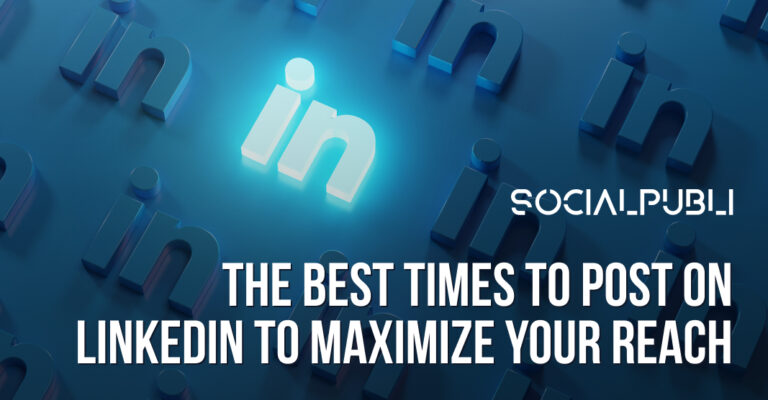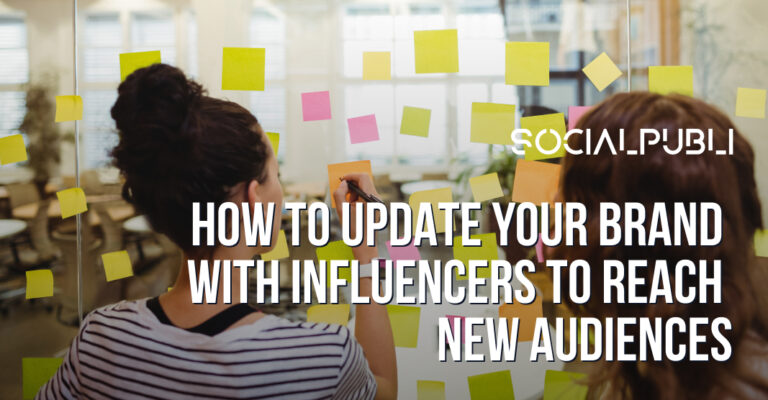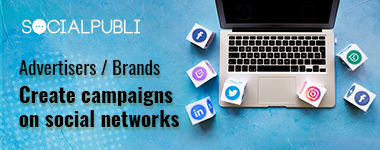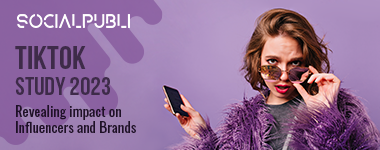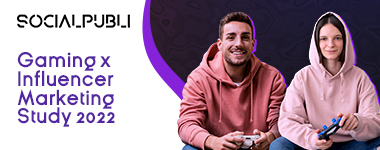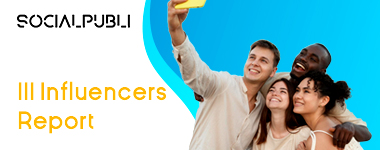As we venture into the summer of 2025, influencer marketing has evolved to embrace several key trends that are essential for brands looking to forge connections and generate authentic engagement. In a landscape marked by rapid transformation, understanding these trends can help marketers flourish.
Authenticity and Realness Over Perfection
One major shift in influencer marketing is the preference for authenticity over polished perfection. Audiences are increasingly gravitating towards influencers who share relatable, real-life content rather than the typical aspirational posts. This paradigm shift has marked the rise of micro and nano influencers—individuals with smaller but more engaged audiences. Due to their established trust within niche communities, these influencers tend to provide better ROI, lending a sense of organic credibility to campaigns rather than merely being promotional.
Video Content Dominance
In 2025, the dominance of video content is unmissable. Platforms like TikTok, Instagram Reels, and YouTube Shorts are integral to effective influencer marketing strategies. These short-form videos cater to storytelling, product demonstrations, and engaging experiences that particularly resonate with younger Gen-Z audiences. Moreover, innovations such as augmented reality (AR) and virtual try-ons are enhancing engagement levels, delivering interactive and memorable experiences for consumers.
Community Building Over Direct Selling
Leading brands are focusing on building communities around their products, establishing cultural relevance first and conversion as a secondary objective. This community-centric approach nurtures consumer loyalty and fosters a shared identity. As Gen-Z continues to resist traditional advertising, they prefer the connection offered by trusted voices within their social circles over blunt sales tactics.
Strategic Use of Influencer Tiers and Platforms
Today’s brands employ a mix of influencer tiers—ranging from nano influencers to celebrities—allowing them to achieve various goals, from niche engagement to broad awareness. While Instagram remains a pivotal platform, TikTok and YouTube are equally vital for video engagement. Integrating social commerce and retail media networks further optimizes brands’ abilities to track ROI from influencer campaigns, with Earned Media Value (EMV) continuing to deliver substantial returns. In 2024, EMV reached an astounding $236B, showcasing an 8.4x ROI on investments.
Long-term Partnerships and Diversity
In 2025, brands are increasingly opting for long-term collaborations with influencers, moving away from one-off posts. This shift fosters authentic brand ambassador relationships. Furthermore, diversity and inclusion in influencer selection are critical to connecting with broad audiences and reflecting essential social values.
Examples of Successful Influencer Marketing Campaigns in 2025
-
Miro’s campaign enlisted a variety of diverse influencers across multiple platforms, demonstrating practical uses of project management templates, resulting in higher engagement and conversions.
-
Fiji Water’s Bodyworewhat campaign partnered with fitness influencer Danielle Bernstein, generating over 2000 user-generated content pieces and 200K hashtag uses through a blend of health messaging and influencer-led workout videos.
-
Keurig’s Original Donut Shop Iced Refresher pods successfully utilized Instagram reels to create engaging lifestyle content, achieving an engagement rate 827% above benchmarks by balancing product integration with relatable visuals.
Additional Insights
Influencer marketing has emerged as a priority for CMOs faced with media fragmentation and the imperative for cultural relevance. Strategies that embrace influencer marketing are increasingly becoming a central focus in omnichannel campaigns, rather than merely complementary. The global market for influencer marketing is projected to reach an impressive $32.55 billion by 2025, indicating its critical investment potential.
Emerging campaigns prioritize creator-led storytelling and aim to foster social ripple effects rather than adhering to traditional linear advertising approaches.
Related Resources from Socialpubli Blog
For more insights and detailed information aligned with these trends, visit the Socialpubli blog. The blog covers a variety of topics including:
-
Effective strategies for leveraging micro and nano influencers.
-
Best practices for aligning influencer marketing with social commerce.
-
Case studies showcasing engagement optimization through authentic content.
-
Innovative tools for measuring influencer ROI beyond vanity metrics.
Staying updated on these trends will enrich your understanding of influencer marketing strategies for the summer of 2025, ensuring your campaigns achieve maximal success.
